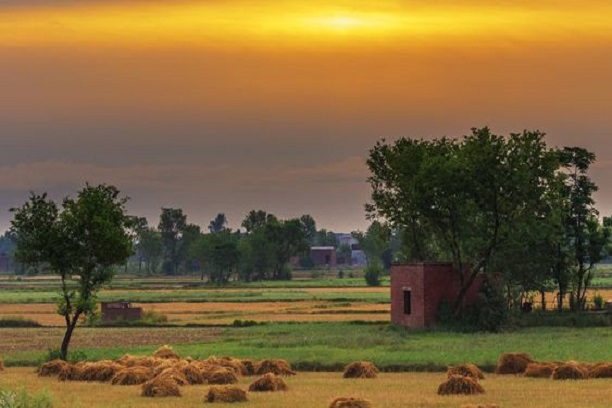Why area under maize has hit a plateau in Punjab, and why it is critical that it expands quickly
The sowing of kharif maize in Punjab is currently ongoing, but no significant increase is expected in the area under the crop. State governments have made efforts to increase the area under kharif maize over the past decade, but the results have not been noteworthy. The SAD-BJP government of then Chief Minister late Parkash Singh Badal formulated a new agriculture policy in 2013 to divert approximately 1.2 million hectares of land from paddy to high-value and alternative crops. The plan proposed that kharif maize should be a major component of the crop diversification plan, occupying around 5.5 lakh hectares (45%) of the land diverted from paddy.
The increase in the area under paddy after the Green Revolution has led to rampant extraction of groundwater for irrigation. Paddy requires at least 4,000 liters of water to produce 1 kg of rice, and a report by the Central Ground Water Board (CGWB) noted that as early as 1999, the water table in 73 blocks (53%) of the state had slid into the dark/overexploited zone. Despite the efforts that began in 2013, the number of blocks designated as dark zones and critical zones has increased over the past decade to 116, and not a single hectare of land has been diverted from paddy to maize or other alternative crops.
Cultivating maize during the kharif season is considered one of the best alternatives to the water-guzzling paddy crop. Maize is cultivated twice a year in Punjab, with the spring season crop harvested in June and early July, and the Kharif crop considered the main maize crop in the state, sown along with paddy. Compared to spring maize, which requires large amounts of water during May-June when the days are long, hot, and dry, kharif maize requires much less water, as it is sown during the rainy season.
According to Punjab Agriculture Department records, the area under maize has remained between 1.05 lakh hectares and 1.31 lakh hectares. In 2021-22, with an area of 1.05 lakh hectares under kharif maize, the state produced 4.13 million tonnes of the crop, which works out to an average yield of 39.30 quintals per hectare (or 15.90 quintals per acre). This was significantly (more than 30%) less than the average potential yield of 57.48 quintals per hectare.
In contrast, in 2021-22, paddy occupied an area of 3.15 million hectares in Punjab, and the total production was 20.371 million tonnes (which worked out to 13.648 million tonnes of rice). The average yield of paddy was 64.78 quintals per hectare (26.22 quintals per acre). The minimum support price (MSP) for maize was declared at Rs 2,090 per quintal, while the MSP for paddy was higher — Rs 2,183 per quintal.
There is no attractive incentive for farmers to increase the area under maize, as it cannot compete in terms of yield, price, and procurement with paddy. To increase the area under kharif maize, experts suggest higher yields and higher maize prices. Kirpal Singh Musapur, an adviser to the Farmers Committee at PAU and a progressive farmer, suggests that during the summer season, sunflower and summer moong can be cultivated if the government supports the initiative. These crops consume less water and contribute to improving soil health, and should be encouraged.
During the kharif season, the area under maize should be increased by developing good quality seeds, providing higher MSP than paddy, and encouraging Punjab-based maize industries to procure maize from the state. Even if the government procures maize for one year, the area under the crop would increase automatically, as farmers themselves want to move away from paddy.



